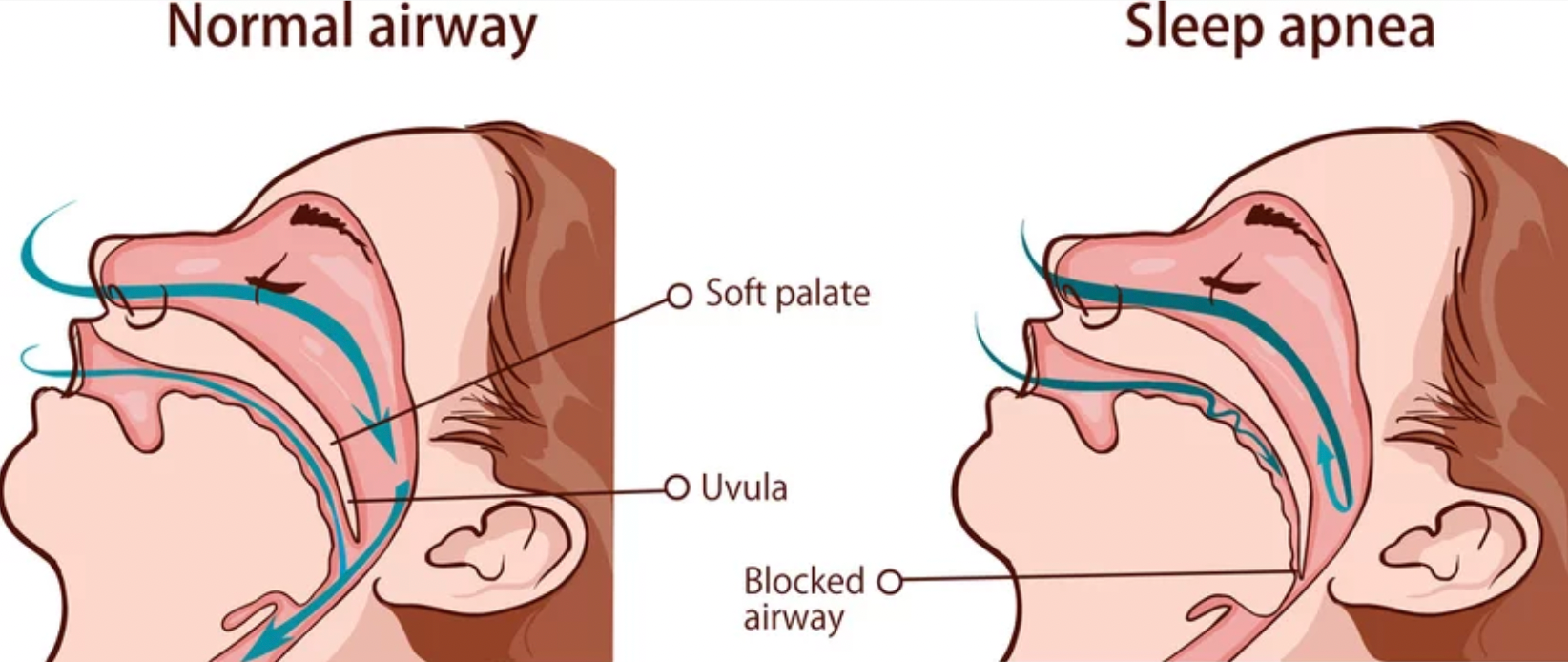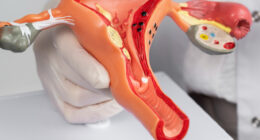Sleep apnea is a popular sleep disorder that impacts millions of individuals around the globe. Sleep apnea happens when a person’s breathing is frequently interrupted during sleep, resulting in poor sleep quality and numerous health issues. Identifying and managing sleep apnea early is crucial for improving sleep and preventing long-term health issues.
What Is Sleep Apnea?
Sleep apnea is a condition where the airway becomes blocked or partially blocked during sleep, causing pauses in breathing. These pauses can last for several seconds and may occur multiple times throughout the night. Sleep apnea can be categorized into three primary types: obstructive sleep apnea (OSA), central sleep apnea, and complex sleep apnea. OSA is the most common type and occurs when the muscles in the throat relax excessively during sleep, blocking the airway. Central sleep apnea occurs when the brain does not send the correct signals to the muscles responsible for breathing. On the other hand, complex sleep apnea is a combination of both obstructive and central sleep apnea.
Signs and Symptoms of Sleep Apnea
Identifying sleep apnea can be challenging because it typically occurs during sleep, and many people are unaware of their breathing interruptions. There are several signs and symptoms that may suggest the presence of sleep apnea. The most common indicators include loud snoring, episodes of choking or gasping for air during the night, and persistent daytime fatigue or sleepiness. Other warning signs can be difficulty concentrating, feelings of irritability, and waking up with a dry mouth or sore throat. If you or someone you know exhibits these symptoms, it may be time to consult a healthcare professional.
Risk Factors for Sleep Apnea
Several factors can increase the likelihood of developing sleep apnea. Some of the most common risk factors include obesity, having a family history of sleep apnea, being male, and being over the age of 40. Other contributing factors include having a large neck circumference, smoking, alcohol consumption, and nasal congestion. People with certain medical conditions, such as high blood pressure, heart disease, or diabetes, are also at a higher risk of developing sleep apnea. Understanding these risk factors can help individuals assess their chances of having sleep apnea and take preventive measures.
How to Diagnose Sleep Apnea
If you suspect you have sleep apnea, it’s important to seek a diagnosis from a healthcare provider. A doctor will typically start by reviewing your symptoms, and medical history, and conducting a physical examination. In many cases, a sleep study, also known as polysomnography, is recommended to confirm the diagnosis. This study can be done in a sleep centre or at home with a portable monitoring device. During the sleep study, various body functions such as brain waves, heart rate, breathing patterns, and oxygen levels are monitored while you sleep. The results of the sleep study will help determine the severity of sleep apnea and the appropriate treatment options.

Treatment Options for Sleep Apnea
Once diagnosed, there are several effective treatment options for managing sleep apnea. The most common treatment for moderate to severe OSA is continuous positive airway pressure (CPAP) therapy. A CPAP machine delivers a constant flow of air through a mask that keeps the airway open during sleep. For individuals with mild sleep apnea, lifestyle changes may be sufficient to improve symptoms. Losing weight, avoiding alcohol before bed, quitting smoking, and sleeping on your side can help reduce airway blockages.
In some cases, dental devices, known as mandibular advancement devices (MAD), can be used to reposition the jaw and keep the airway open. For individuals with more severe cases, surgery may be necessary to remove excess tissue, reposition the jaw, or implant a device that stimulates the muscles to prevent airway collapse. It’s important to work with a healthcare provider to find the most suitable treatment based on the severity and type of sleep apnea.
The Importance of Managing Sleep Apnea
If left untreated, sleep apnea can lead to a variety of serious health complications, including high blood pressure, heart disease, stroke, diabetes, and even premature death. Managing sleep apnea is essential for reducing these risks and improving overall health and well-being. Consistent treatment, whether through CPAP therapy, lifestyle changes, or surgery, can significantly improve sleep quality, and energy levels, and reduce the risk of long-term health problems.
Conclusion
Sleep apnea is a serious condition that can have profound effects on your health if left unmanaged. By recognizing the signs and symptoms of sleep apnea and seeking a proper diagnosis, you can take the necessary steps to manage the condition effectively. Whether through lifestyle changes, CPAP therapy, or other treatments, managing sleep apnea can help improve your quality of life and prevent long-term health complications. If you suspect you may have sleep apnea, it’s crucial to consult with a healthcare provider to get the help you need for better sleep and overall health.







